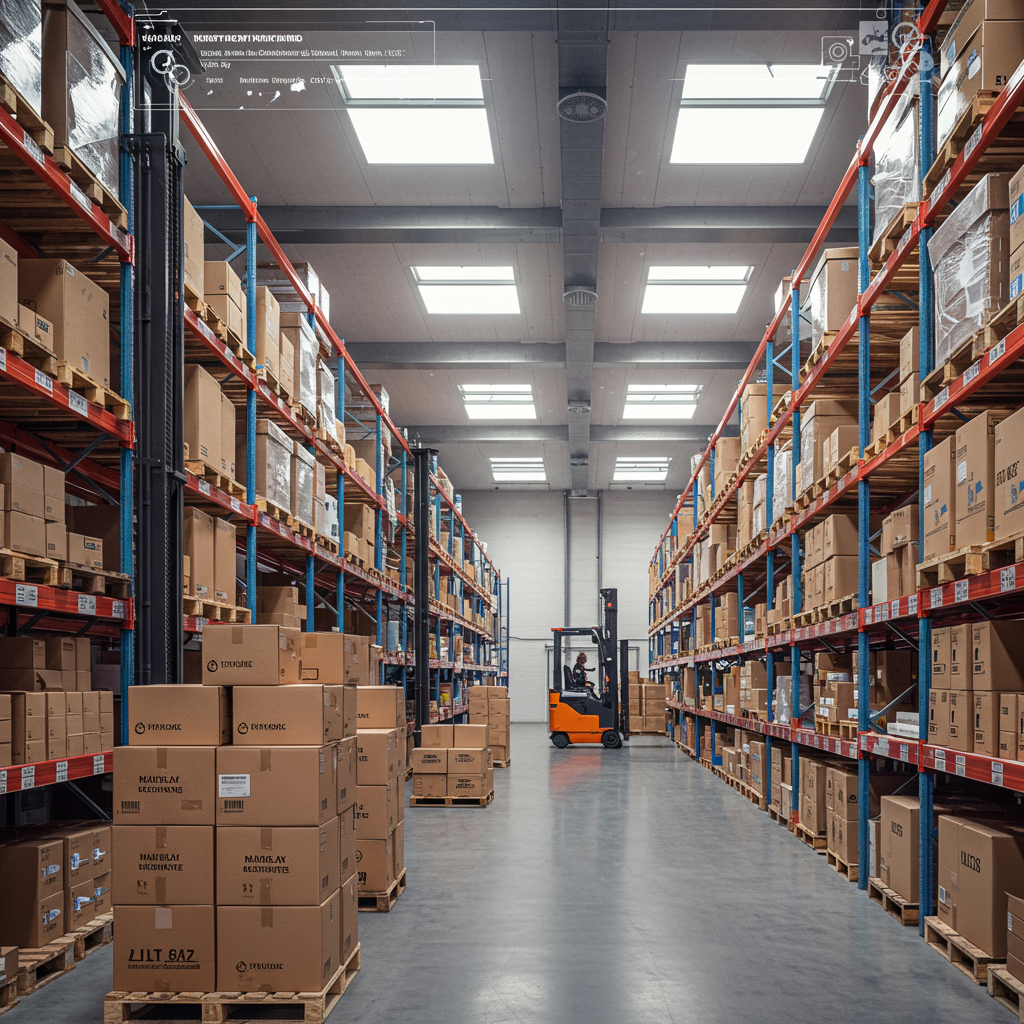Unlock efficiency, reduce costs, and delight customers by optimizing your Shopify multi-location inventory strategy.
As a Shopify merchant, I’ve seen firsthand how crucial efficient inventory management is to success. For many of us, starting with a single warehouse or fulfillment center is perfectly adequate.
However, as our businesses grow, so does the complexity of our operations. We start to consider expanding our reach, speeding up delivery times, and perhaps even reducing shipping costs.
This is where the concept of multi-warehouse inventory management comes into play. It’s a powerful strategy that can transform your logistics and customer satisfaction.
But what exactly does it mean to manage inventory across multiple warehouses, and how does it apply to your Shopify store?
Simply put, multi-warehouse inventory management involves storing your products in more than one physical location. These locations could be your own warehouses, third-party logistics (3PL) providers, or even retail stores that double as fulfillment centers.
The primary goal is to strategically position your inventory closer to your customers. Imagine being able to ship an order from a warehouse just a few states away, rather than across the entire country.
This proximity translates directly into faster delivery times, which, as we all know, is a major competitive advantage in today’s e-commerce landscape.
Beyond speed, multi-warehouse setups can significantly reduce shipping costs. Shorter shipping distances often mean lower freight charges, directly impacting your bottom line.
It also provides a crucial layer of redundancy. If one warehouse experiences a disruption – perhaps due to a natural disaster, a power outage, or an unexpected inventory count issue – you still have other locations to fulfill orders from.
This resilience ensures business continuity and minimizes the risk of stockouts or delayed shipments, protecting your brand reputation.
However, I must admit, implementing a multi-warehouse strategy isn’t without its challenges. It introduces complexities in tracking inventory, routing orders, and managing stock transfers.
The good news is that Shopify, while powerful, offers foundational tools to help us manage multiple locations. Shopify’s ‘Locations’ feature allows you to define and manage different physical places where you stock inventory.
You can assign inventory to specific locations, and when an order comes in, Shopify will automatically try to fulfill it from the location that has the stock and is prioritized in your settings.
This native functionality is excellent for basic multi-location needs, especially if you have a few distinct fulfillment points or retail stores.
But for more advanced scenarios, such as complex order routing logic, real-time inventory synchronization across many warehouses, or sophisticated forecasting, Shopify’s built-in features might not be enough.
This is where we often need to look beyond Shopify’s core capabilities and consider integrating with specialized inventory management systems (IMS), warehouse management systems (WMS), or enterprise resource planning (ERP) solutions.
When I advise merchants on choosing a solution, I emphasize looking for key features. Real-time inventory synchronization is paramount; you need an accurate, up-to-the-minute view of stock levels across all locations.
Sophisticated order routing logic is another must-have. This allows you to set rules for how orders are fulfilled – perhaps from the closest warehouse, the one with the lowest shipping cost, or even based on specific product availability.
The ability to easily manage stock transfers between warehouses is also critical. You’ll inevitably need to move inventory to balance stock levels or prepare for seasonal demand.
Returns management can become complex with multiple locations, so look for a system that streamlines the process of receiving returns at the appropriate warehouse and updating inventory accordingly.
Robust reporting and analytics are essential. You need insights into inventory turnover, fulfillment performance by location, and demand forecasting to make informed decisions.
Some advanced systems even offer features like kitting and bundling, allowing you to manage components and finished goods across different locations.
Integrating with your existing shipping carriers and 3PLs is also a significant consideration to ensure a seamless workflow.
My advice for implementation is to start with a thorough assessment of your current needs and future growth projections. Don’t just pick a solution; understand your unique operational requirements.
Once you’ve chosen a system, data migration will be a critical step. Ensure your product data, inventory counts, and customer information are accurately transferred.
Always, always conduct thorough testing. Simulate various order scenarios, stock transfers, and returns to ensure the system behaves as expected before going live.
Training your team is non-negotiable. Everyone involved in inventory, fulfillment, and customer service needs to understand the new processes and how to use the system effectively.
Finally, remember that multi-warehouse management is an ongoing process. Regularly audit your inventory, refine your processes, and leverage the data to continuously optimize your operations.
It’s about creating a scalable, resilient, and customer-centric fulfillment network that supports your business growth.
What are your thoughts on multi-warehouse inventory management for Shopify? Have you implemented a solution, or are you considering it?
By strategically managing your inventory across multiple locations, you’re not just improving logistics; you’re building a stronger, more responsive business that can truly delight your customers and stand out in the competitive e-commerce world. It’s an investment that pays dividends in efficiency and customer loyalty.
I believe that embracing this complexity with the right tools and strategies is a key differentiator for modern Shopify merchants looking to scale.






